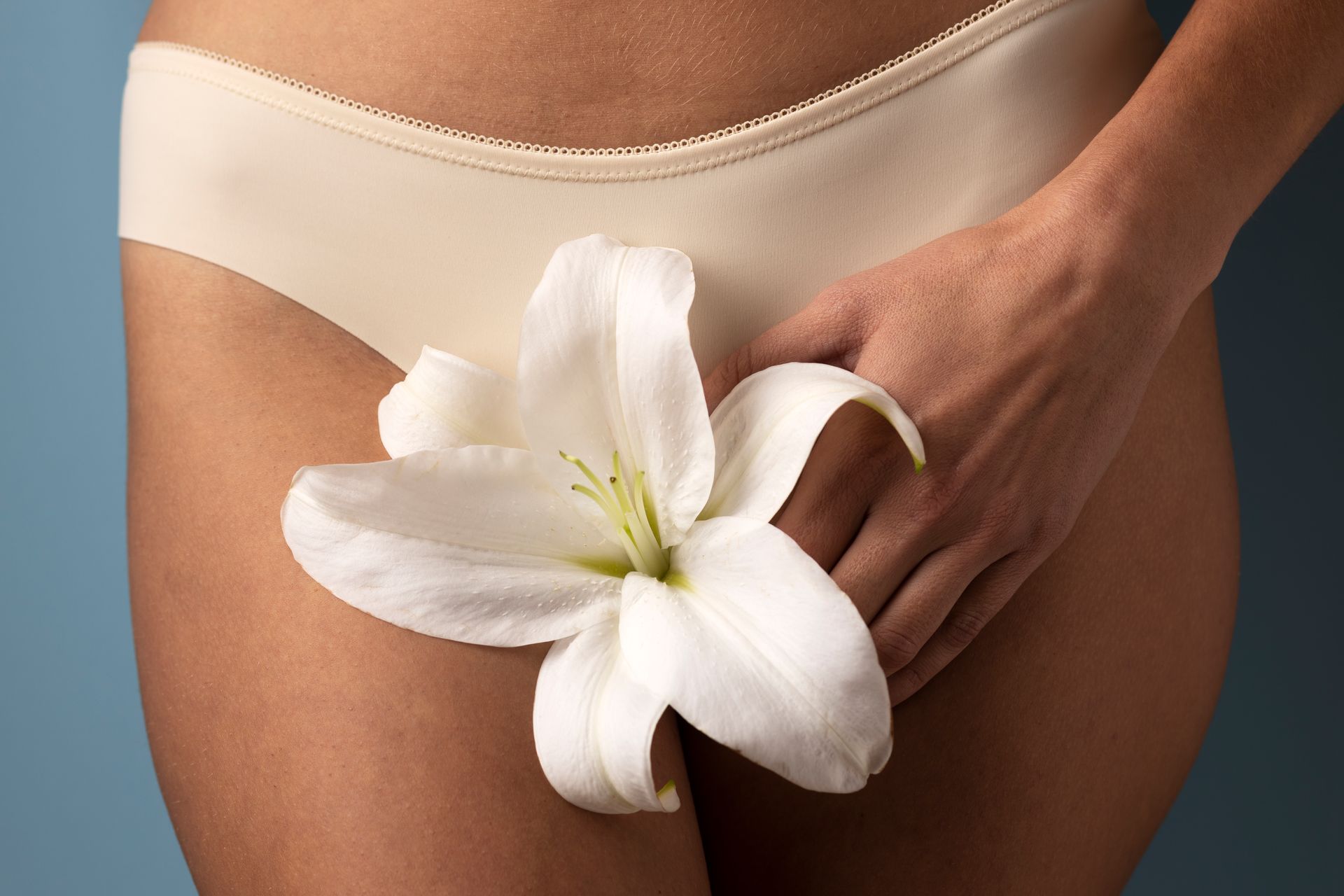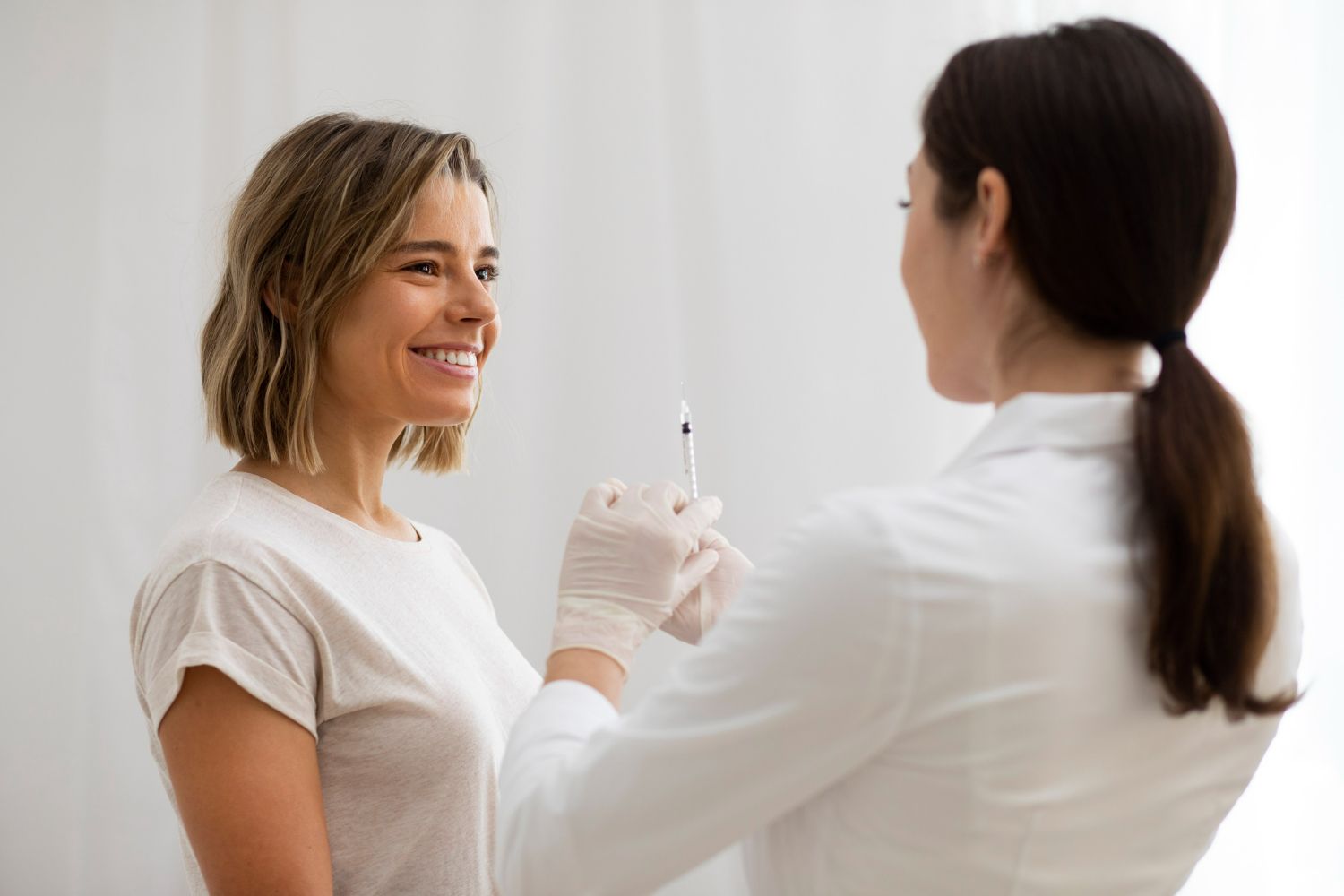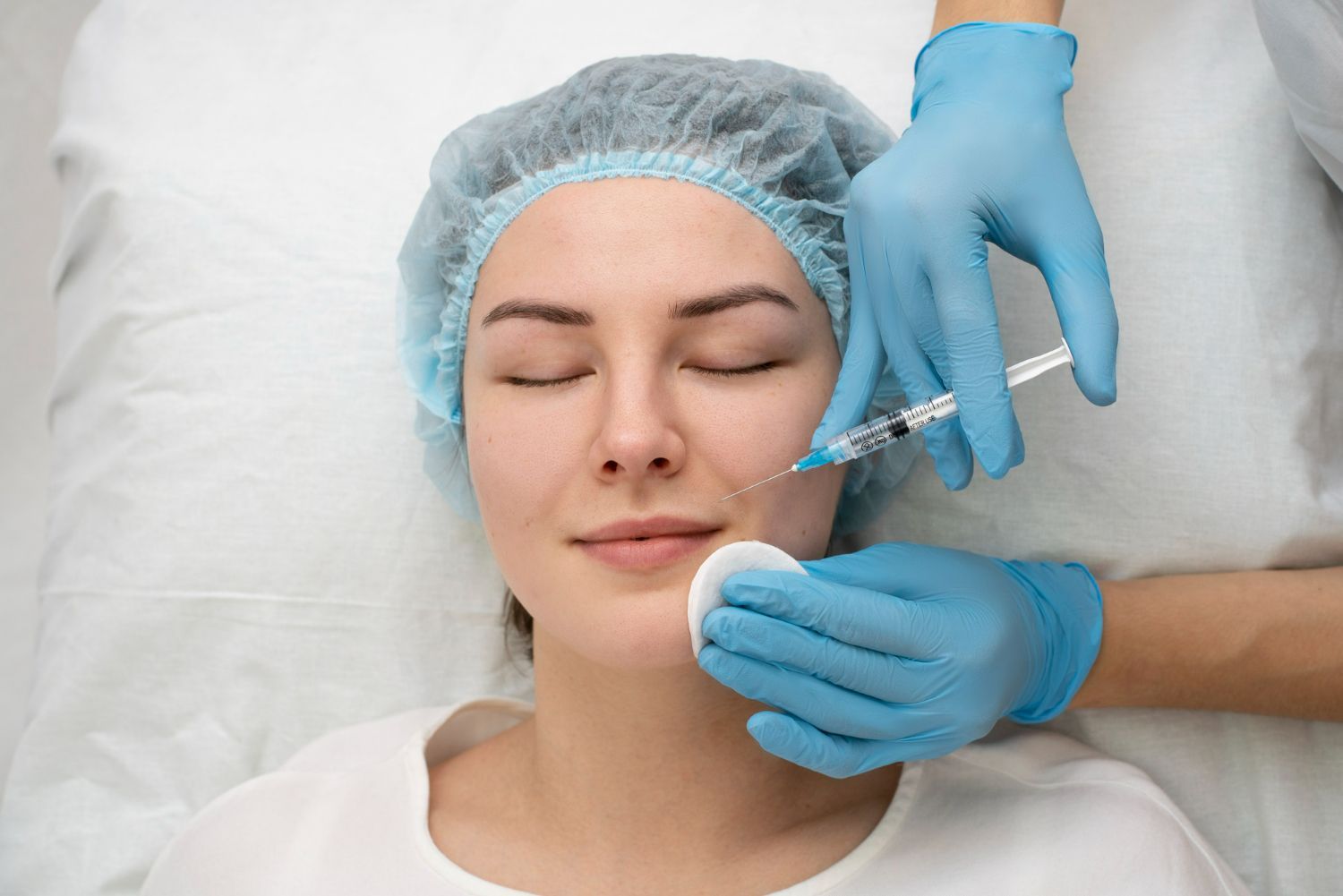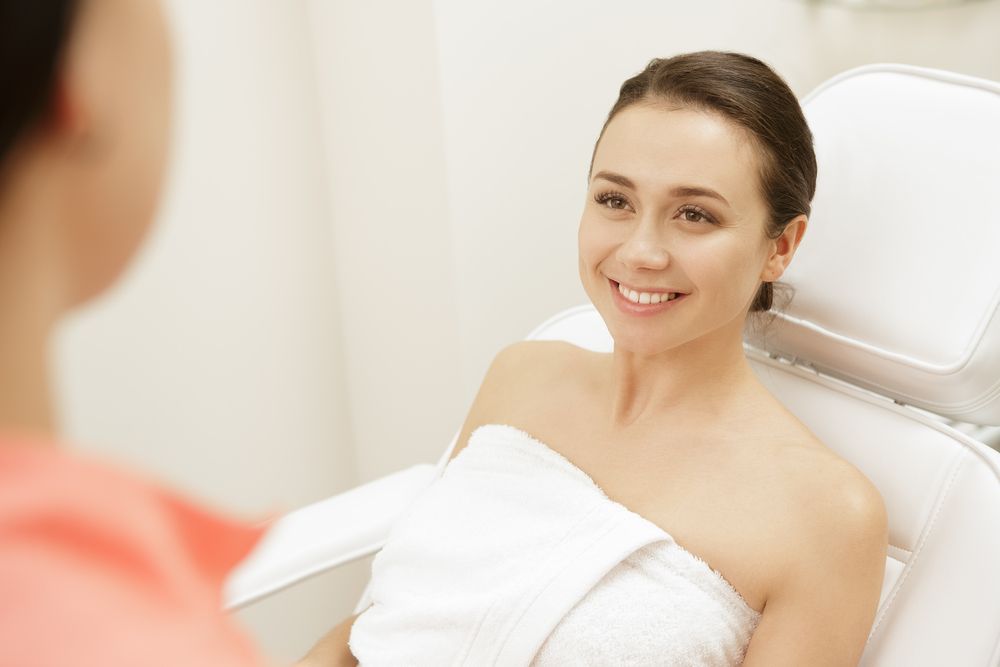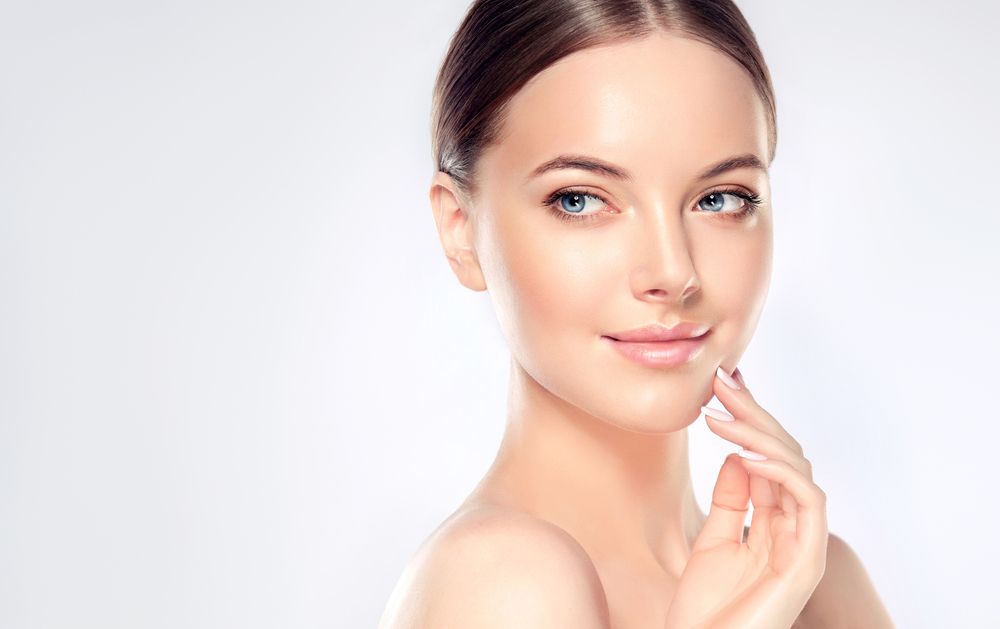A Beginner’s Guide to Platelet-Rich Plasma
Perhaps you discovered PRP injections while perusing the service menu at a medispa and wondered, “What is PRP?” Anytime “injection” follows a treatment description, it creates a valid moment of pause, making you wonder whether it is a worthwhile endeavor to correct your complaint.
In this beginner’s guide to platelet-rich plasma, we will highlight the essential components of this revolutionary treatment and how it can benefit you.
What is PRP?
PRP stands for platelet-rich plasma, which is the extraction of platelets from a patient’s own blood before injecting it into a target area. After completing a blood draw, the provider separates the platelets into a separate vile using a sterile centrifuge, which takes approximately fifteen minutes.
PRP uses the body’s healing properties to stimulate new, healthy cell growth where there may have been trauma, joint injury, muscle strain, or chronic pain. However, PRP isn’t just advantageous in sports medicine; it is also used in aesthetic treatments to help reduce the signs of aging or assist in hair regrowth. Rather than typical injections, medispas use finer tips to administer the procedure.
What Areas Can it Treat?
PRP injections enhance the healing process in joints, muscles, and tendons and are not limited to any area as it is a natural product using your blood. For example, it can help with chronic arthritis or tennis elbow pain without overly invasive procedures or prescription medication.
PRP treatments target the face, neck, and scalp for cosmetic procedures, regenerating the skin to promote collagen production and stimulate hair follicles. It is safe with no downtime and has less risk of infection due to using your plasma.
PRP Benefits
As previously mentioned, injections may make you question, “What are the benefits of PRP, and are they worth it?” For some, any relief from painful conditions or help healing traumatic wounds is worth some discomfort.
PRP benefits include the following:
- Hair loss - PRP helps alleviate pattern baldness and assists other hair growth treatments in accelerating results.
- Stretch marks - stimulating cell growth factors reduce the appearance of stretch marks.
- Scars - trauma causes the skin to mend; however, PRP minimizes disfiguration and texture as it heals.
- Acne - scarring due to acne affects self-esteem, whereas PRP lessens the visual impact of permanent blemishes.
- Signs of aging - PRP promotes collagen production under the skin, helping to lessen fine lines, wrinkles, and sagging skin.
- Chronic pain - platelet-rich plasma relieves symptoms from arthritis, injury, or recovery from surgery.
How Long Do the Results Last?
PRP treatments are not a permanent solution; however, they provide positive results for chronic pain sufferers within two weeks of a session. With cosmetic PRP treatments, clients will experience a difference within 2 to 6 weeks on average and require a touch-up every five months or so as desired.
For optimum effects, expect a 3-6 PRP treatment plan, giving yourself 2 to 3 weeks between each. If you are wondering about Botox versus PRP, Botox only lasts for about 3 to 4 months, whereas PRP can see lasting benefits for up to 18 months.
Who Can Administer PRP Injections?
Only highly trained physicians and registered practical nurses (RPN) can produce and administer PRP injections. They have the training and expertise to properly sterilize all equipment and ensure you receive the correct dosage and treatment for an optimal outcome.
You must feel confident and trust your PRP provider, which is why clients rely on the professional services at
Revitalize Aesthetics Medspa. With two locations in Cambridge and Hamilton, ON., clients have the convenience and assurance of receiving quality care with convenience for their cosmetic PRP treatments customized specifically for them.
Rejuvenate your skin and hair today! Schedule your PRP appointment with Revitalize
online or by calling 289-684-1750 now.


